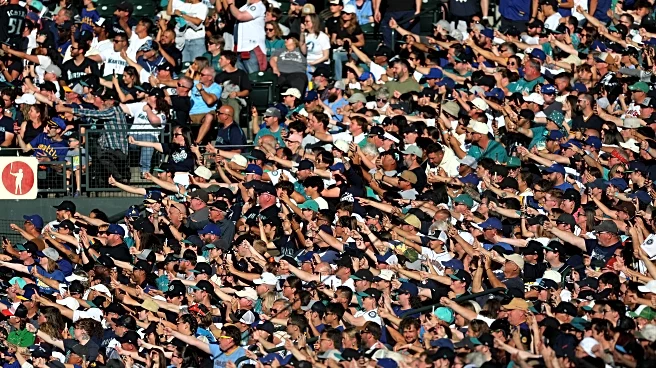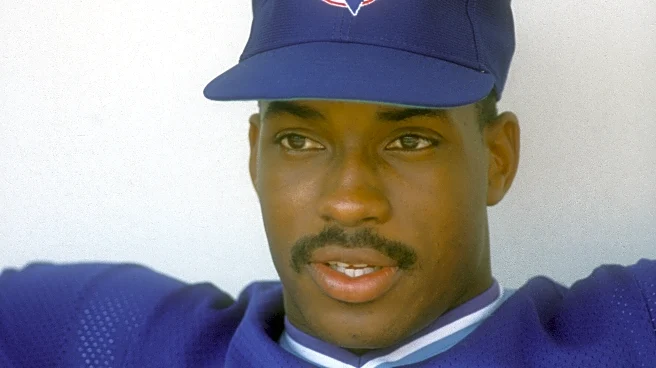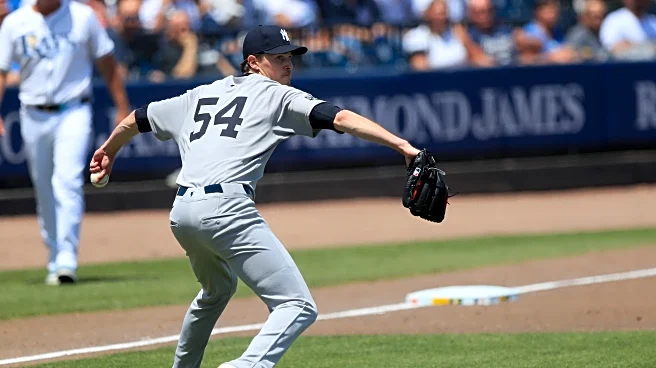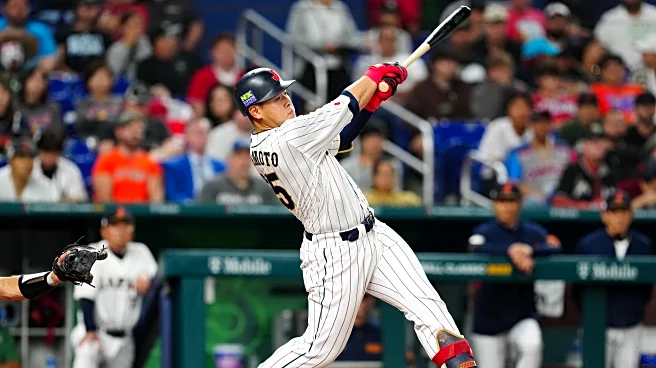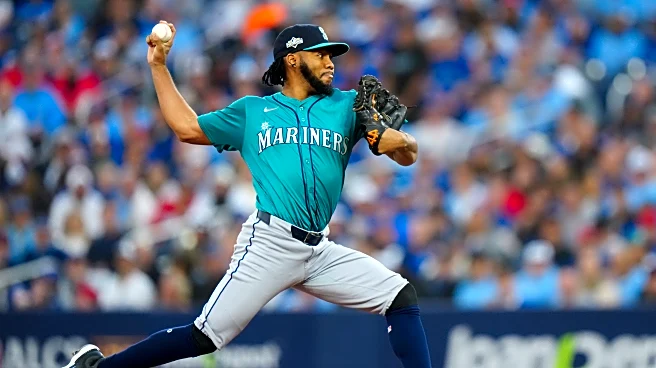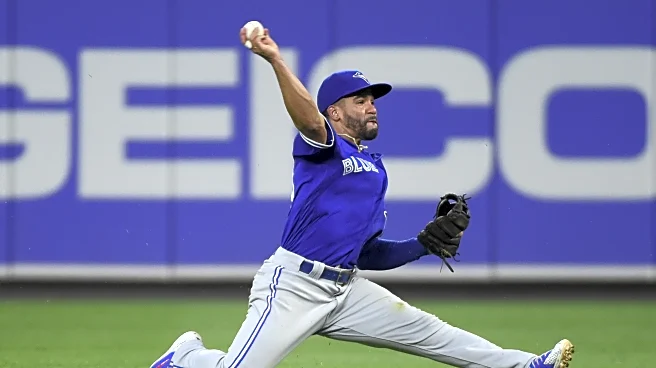The Mariners reached their attendance goal in 2025. They’ll reach for more next year.
Just over 2.5 million fans attended regular season games at T-Mobile Park in 2025. That was the target the team set before the season, Mariners’ Chief Operating Officer Trevor Gooby told the Ballpark Public Facilities District on Monday.
“The team connected on so many levels with so many different people, from people who have never watched baseball to people who have not watched baseball for the last handful of years,”
Gooby told board members. “Whether it was Josh Naylor or Cal Raleigh or Julio Rodríguez or the grace of Dan Wilson, it was just a really special team.
“It will be a good memory soon.”
The Mariners finished 14th in attendance in MLB. They drew about the same number of fans in 2024. They fell short of the near 2.7 million mark set in 2023 (10th).

For a while, it didn’t look like they’d reach their goal. Fewer fans came out in the spring and early summer, and they sat about 220,000 short entering the final home stand. Then 120,000 fans came out to see Mariners clinch the AL West against the Rockies. Then another 140,000 showed up for the final series against the Dodgers. With an average attendance of 45,287, the final series of the regular season was the 25th largest home crowd in the history of T-Mobile Park and the largest since 2007.
The Mariners gave fans a reason to come out. They finished the season 51-30 at home (compared to 39-42 on the road). They went 23-6 at home in the final two months, which included two of the three best homestands by win percentage in franchise history.
“Thanks to the unbelievable play down the stretch, we did surpass that goal,” Gooby said.

The Mariners, of course, made the playoffs. They drew an additional 141,686 fans for the ALDS and 140,210 more for the ALCS. These crowds stood and roared for many (sometimes many, many) hours of playoff baseball and received strong reviews from local and national media, home and away players, and even seismologists. Seattle made itself known as a baseball town, as our Isabelle Minasian wrote.
With the postseason, a total of 2,819,949 fans attended games in Seattle this year — the most since 2004.
“On behalf of everyone in our organization, thank you for the passionate support, energy, rally shoes, mustaches, magic spells and joy you brought to the ballpark all season long,” John Stanton wrote in a letter to fans after the postseason ended. “We played for you, and you pushed our team to heights we have never reached before.”
Next year…
The Mariners will likely see more fans through the gates next year.
Ticket sales tend to lag behind team success. I built a quick model to estimate changes in attendance. Since 2000, each win in an ongoing season was worth an additional 138 fans per game, while each win in the previous season was worth 176 fans per game. Teams coming off a trip to the League Championship Series saw an average increase of 1,659 additional fans per game. For the Mariners, that would represent a 5% increase in attendance over 2025.
This could understate their gains. Teams with tepid attendance in the year they made the LCS sometimes saw much larger leaps. The following plot shows what a 5% boost would look like compared to other teams that finished as runners-up in their league.

That said, the Mariners home schedule in 2026 makes anticipating larger crowds tricky. Opening Day will certainly be packed, but a four-game weekend series against the Guardians is a tough draw with March temperatures typically in the 40s in Seattle. The second series of the year, still in March, takes place Monday through Wednesday as their only home series with the Yankees. Other teams that tend to sell tickets in Seattle — the Braves, Phillies and Mets — also visit during the work week. The Mariners average about 10,000 fewer fans at the beginning of the week than on the weekend.

The Red Sox, another big draw, visit Seattle on a weekend in June. This would normally look like a boon for ticket sales, but the teams are scheduled for a doubleheader on Saturday due to the World Cup on Friday at Lumen Field. Gooby said the Mariners agreed not to play during the World Cup, but FIFA hadn’t released its schedule when MLB finalized theirs. The doubleheader will be split admission, meaning the Mariners will try to sell tickets for two games on the same day.
There are still some potential big draws. The home half of the Vedder Cup against the Padres will take place on a weekend in May, and the Blue Jays and Giants each come to town for weekend series in July. The Mariners will end the season with a six game home stand against the AL West — a rare two-game series against the Astros followed by a four-game series against the Angels. (The two-game series is preempted by another bizarre feature of the 2026 schedule: a four-game series against the Astros in April that stretches from Friday through Monday.)
Gooby shared a few other notes at Monday’s meeting. Installation on the team’s new scoreboard is scheduled to begin in November. The Savannah Bananas will not play at T-Mobile Park in 2026; they’re expected to visit every other or every third year. It will likely be a slow year for non-baseball events, as the World Cup is limiting tours in the United States.
Model(ed) franchise
Just for fun, let’s attempt to estimate ticket sales for the 2026 season. I took the entire history of T-Mobile Park and built a separate model for attendance using month, day of week, opponent, and the Mariners’ recent success. The model works fine enough. There are better versions elsewhere on the internet. Other things that matter that I didn’t capture: giveaways, holidays, weather, star players, ticket prices, Economics and baseball’s general popularity nationwide.
The blue line here shows actual ticket sales, while the red line shows expected ticket sales given the Mariners’ success and the logistical factors.

We can use this model to tell a bit of a story. The Mariners of the early aughts sold very well because the team was great. Attendance faded as the drought set in, but there was something drawing more fans than expected to games — perhaps the newness of the stadium, or the chance to see Ichiro, or simply the notion that the Mariners were bound to win again. Whatever it was, that something faded, too. As the org’s futility became its face, people stopped showing up, and they didn’t return in force to watch the stars-and-scrubs squads of the mid-teens. When the team tanked (or “retooled”) in 2019, fans didn’t linger but fled.
Then COVID happened. It’s hard to say what attendance would have been in 2020 or 2021. But when the stadium fully reopened in 2022, fewer fans than expected showed up, even with a playoff-caliber team on the field. Still, that season did ultimately end with a playoff appearance, and attendance leaped 17% in 2023. For the last three seasons, actual attendance has aligned with expected.
Anyways, I ran the 2026 schedule through this model; I assumed the team would again win 90 games. I got… 2,732,680 fans. With a 5% boost for making the LCS, that’s a bit more than 2.9 million. If we assume a 10% boost, more along the lines of other infrequent LCSers, they’d breach 3 million for the first time since 2003. Fans in Seattle love a winner.
